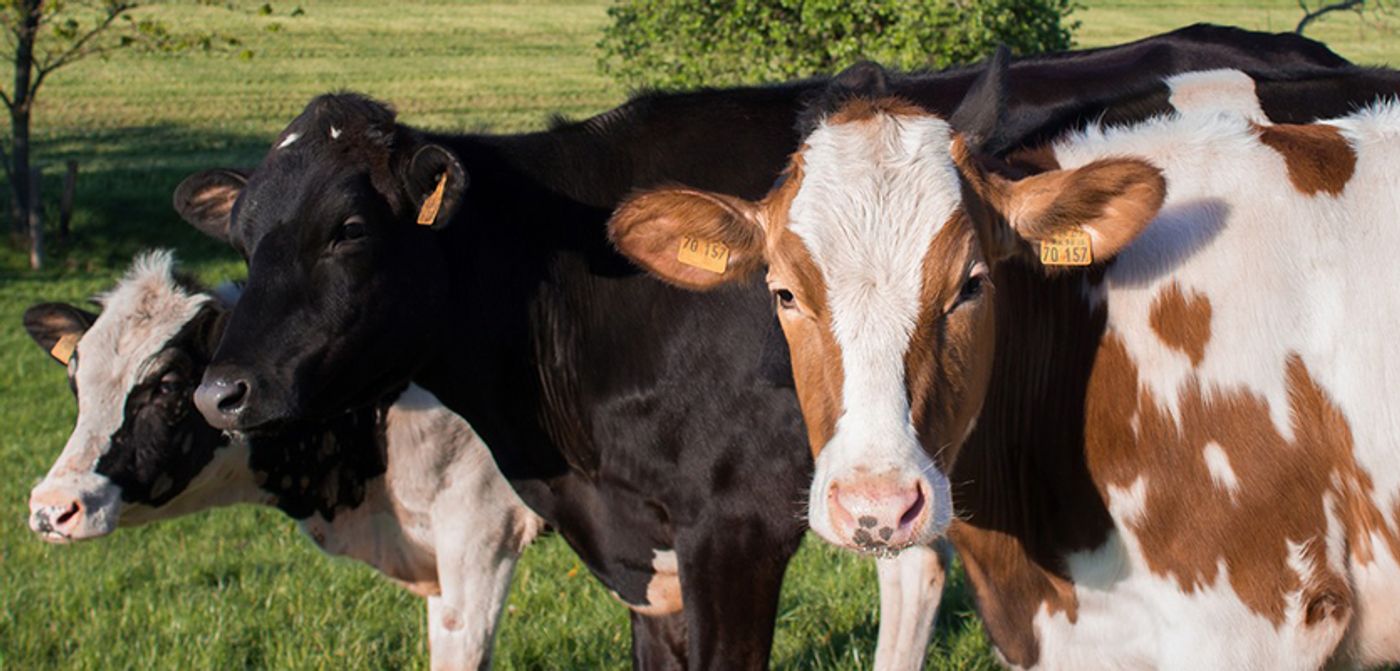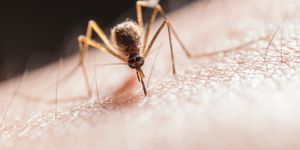What's the Environmental Footprint of a Glass of Milk?
The environmental footprint of various food industries is a hot media and lifestyle topic. Industries, such as the dairy industry, are often scrutinized for how much land and water they use, in addition to greenhouse gases emitted during production. Just this week, however, a study from the University of California, Davis revealed that the dairy industry in California has decreased its environmental impact over the last 50 years.
The study, published in the Journal of Dairy Science, examined greenhouse gas emissions, water usage, and land resources of the California dairy production system from 1964 and 2014. According to the study, California is the top dairy-producing state.
According to senior author Ermias Kebreab from the Department of Animal Science at UC Davis, the team “found a 50 percent reduction in greenhouse gases to produce the same quantity and quality of milk” in 2014 compared to 1964. Additionally, the study reports that water use in the dairy industry dropped by 88%, and land use has also decreased. Kebreab told UC Davis reporters that “the magnitude of change is surprising.”
To obtain this information, the team conducted a lifecycle environmental assessment of cows, which starts at birth and ends when they leave the farm gate. It included inputs such as producing feed and machinery and transportation used in milk production.
According to the study, total emissions increased due to a higher overall volume of milk production compared to 1964. However, enteric methane produced when cows belch as part of their digestive process, reduced up to 55% thanks to better genetics and nutrition for the animals. Total water use in dairy production in California dropped by 88% due to increases in efficiency in watering crops. Land use requirements also decreased considerably due to improvements in crop genetics and efficient production practices.
The study also reports the increases in milk production in California. According to the study, in the 1960s, one cow produced 4,850 kilograms of milk per year. Now, one cow is producing more than 10,000 kilograms of milk per year. This increase is due to improvements in genetics, nutrition, animal care, and feed efficiency, all of which impact the environmental footprint of milk production.
Kebreab told UC Davis reports, “There is a lot of discussion about how cows have a huge environmental footprint, but no one is talking about how the dairy industry has changed.” She says that dairy farmers are working hard to reduce their industry’s environmental impact.
Sources: UC Davis, Journal of Dairy Science










